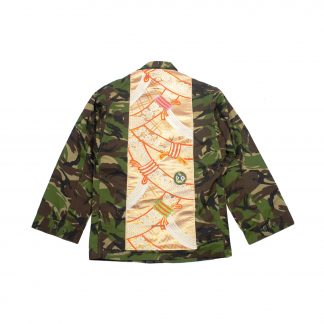![[4649.REC x Kaori Yasumoto] Upcycled Denim Cap – “Gold Katana” Caps](https://yoroshiku4649.com/reconnect/wp-content/uploads/2021/07/0019_xkaori-caps2.jpg)
As the summer months, protect yourself in style from the sun with the upcycled kimono caps, from our latest collaboration with Kaori Yatsumoto, using the same fabric as in our army co-ords and in our collaboration with Isaak Ayo.
“When I create my pieces, I strive to highlight the beauty of old fabric that was created through elaborate craftsmanship and to reduce waste as much as possible in my creations.”
Kaori Yatsumoto
Kaori designs bespoke dresses, hats and accessories and we have been a big fan of Kaori’s creations for years – because of her vintage couture is characterised by its unique combination of 1950s Hollywood glamour with Japanese influences. To celebrate the release of these pieces, we have interviewed her to learn more about her brand, vision, inspiration and creative process.
4649.REC: How and when did you get into designing dresses, hats and accessories? Could you tell me more about your background?
Kaori: I originally came to London to study business. I began working in the travel industry, but I always had a passion for fashion and art so I eventually decided to study dressmaking. I started designing women’s clothes and selling them online on Etsy. I find creating to be very therapeutic. Having become a mother, I also began selling children’s clothing and accessories online as well as in physical markets.
4649.REC: Your couture style combines vintage glamour and Japanese influences. Could you tell me more about how this came about and how you manage to reconcile both elements?
Kaori: I get my inspiration from the vintage style and the fabrics I find. I learned the pleating, ruching and draping process in London and love using Japanese chirimen* to create one-off vintage style one-off dresses.


4649.REC: What inspired you to begin upcycling these fabrics from Japan and how do you acquire these fabrics?
Kaori: Originally, my mother and my aunt gave me their old Kimono and Obi belts that they no longer used. I began upcycling because I love the beautiful design and colours of kimonos. Each piece is made with silk and such intricate Japanese craftsmanship that I believe these pieces of wearable art should be treasured and kept, even if it is under a different form. When I make caps, I usually upcycle plastic bottles for laundry liquid to create the brim, but lately I have found it harder to find because people around me don’t use it any more (which is good thing). So unfortunately, at the moment, I am still searching for sustainable materials to upcycle for the brim.
4649.REC: Could you tell me a bit more about the pieces, which came out of this partnership?
Kaori: Yumi handed leftover fabric from a beautiful Obi Belt and I fell in love with the colours. I’ve always liked the combination of Japanese colourful design and denim so I thought upcycling denim and the Obi belt should be perfect.
4649.REC:: Do you have a specific audience in mind when you create your pieces?


Kaori: Anyone who likes to dress differently from others, as each piece is unique and one of a kind. Anyone who understands the beauty of old Japanese design, and the importance of recycling and upcycling.
4649.REC: Lastly, what would you say is the key message behind your pieces? How do you contribute to the sustainable fashion movement?
Kaori: When I create my pieces, I strive to highlight the beauty of old fabric that was created through elaborate craftsmanship and to reduce waste as much as possible in my creations.
Kaori also designs children’s apparel and accessories with a Japanese twist. Follow Kaori on Instagram to keep up with her latest projects.
![[4649.REC x Kaori Yasumoto] Upcycled Denim Cap – “Gold Katana” Dark](https://yoroshiku4649.com/reconnect/wp-content/uploads/2021/07/0018_xkaori-caps1-1024x1024.jpg)
*Chirimen is a plain-woven silk crêpe composed of raw silk yarn
More from the REC x Kaori Yatsumoto Collaboration:
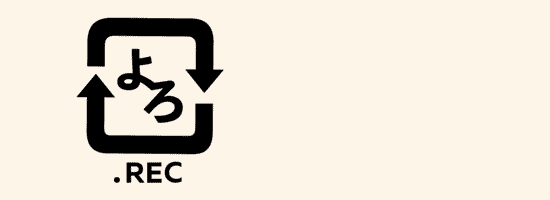
![[4649.REC x Kaori Yasumoto] Upcycled Denim Cap – “Gold Katana” Dark](https://yoroshiku4649.com/reconnect/wp-content/uploads/2021/07/0007_xkaori-cap_dark-2-324x324.jpg)
![[4649.REC x Kaori Yasumoto] Upcycled Denim Cap – “Gold Katana” Light](https://yoroshiku4649.com/reconnect/wp-content/uploads/2021/07/0013_xkaori-cap_light-2-324x324.jpg)
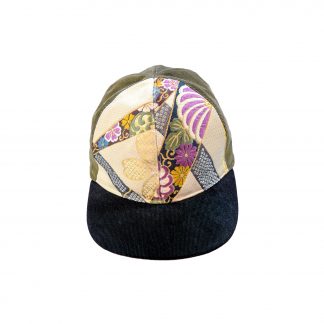
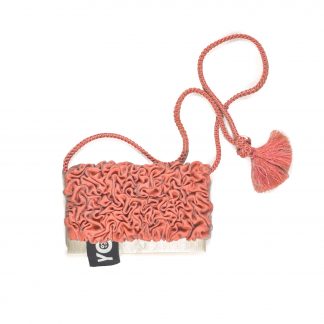
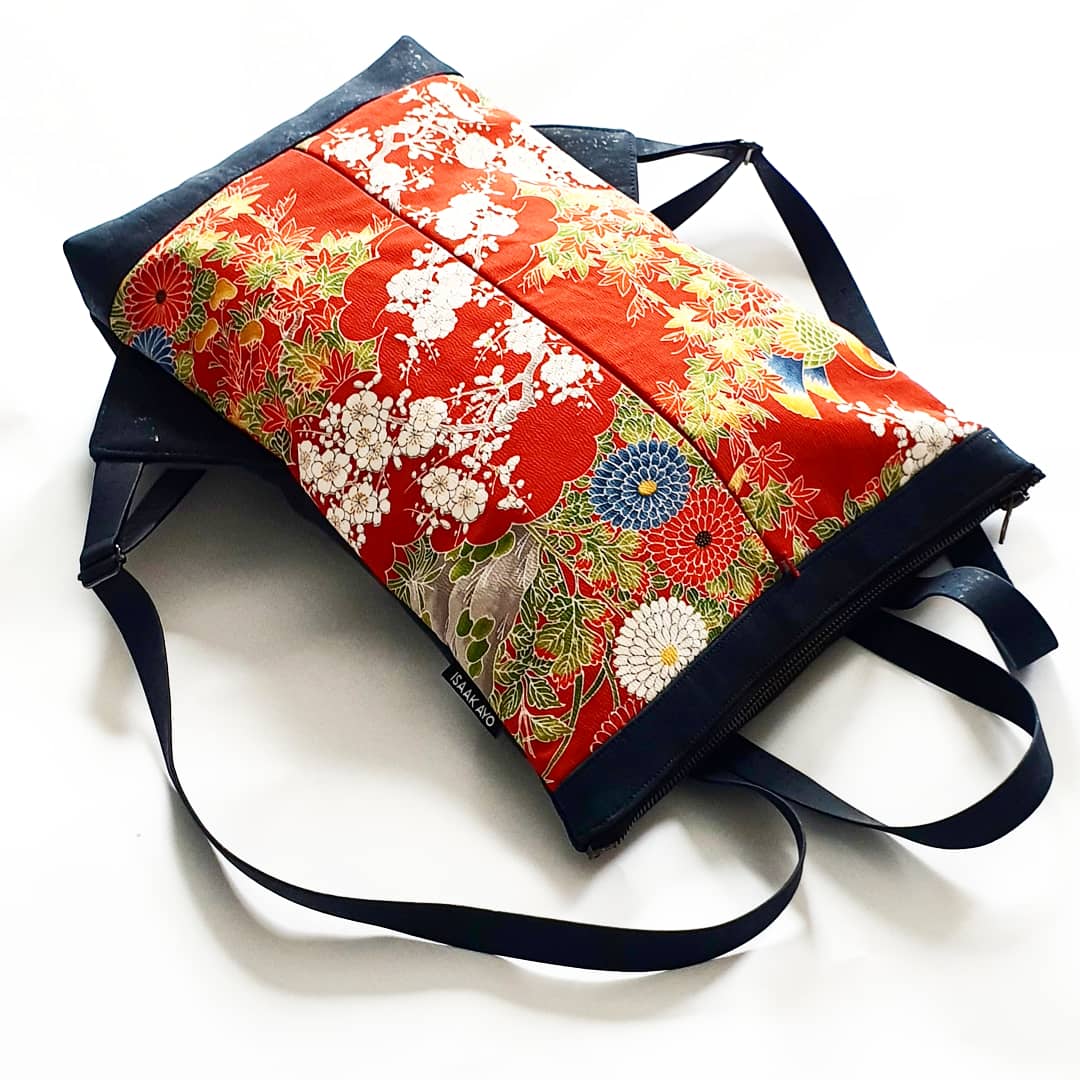




![[4649.REC x Isaak Ayo] Clutch Bag with Handle – “Gold Katana”](https://yoroshiku4649.com/reconnect/wp-content/uploads/2021/07/0000_bag-front-324x324.jpg)
